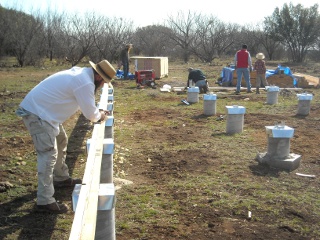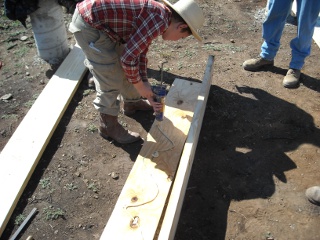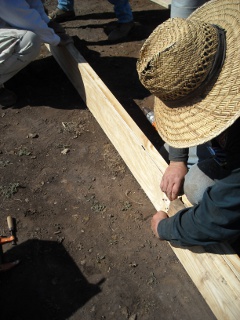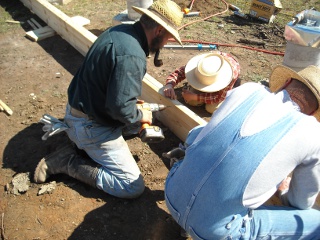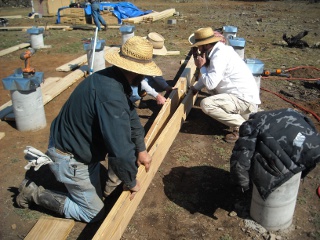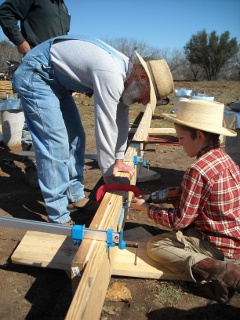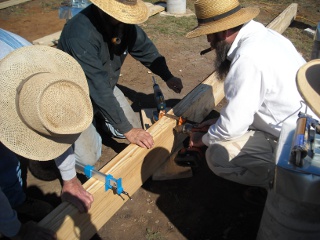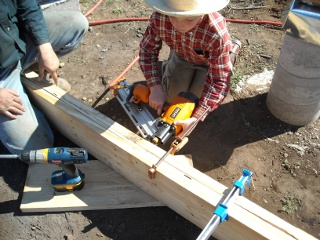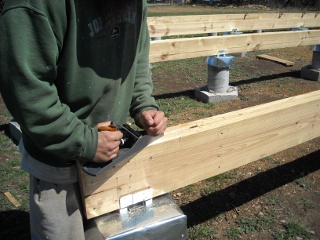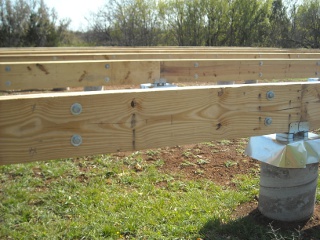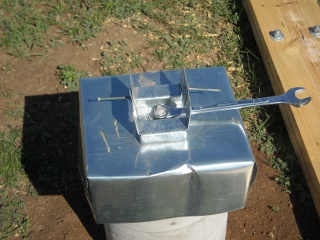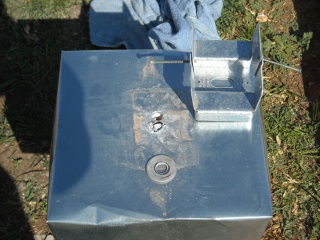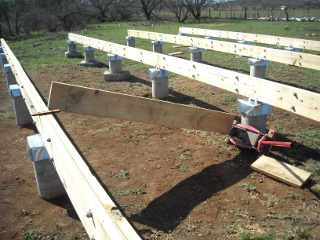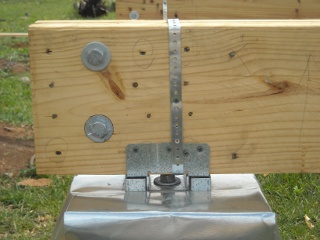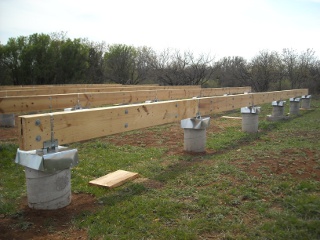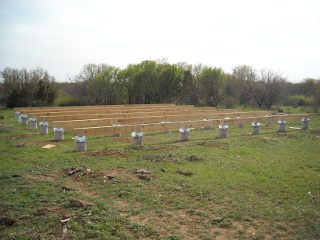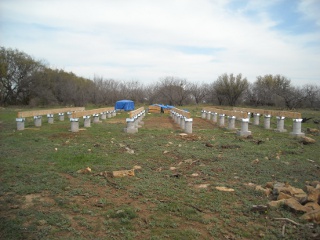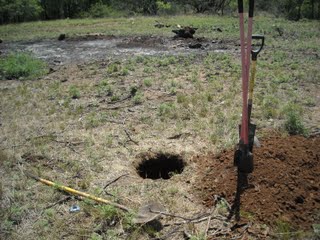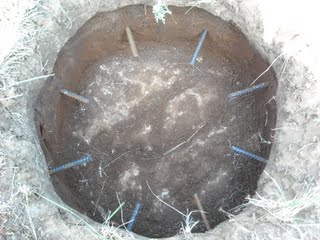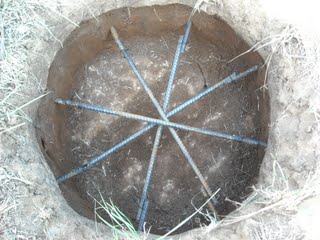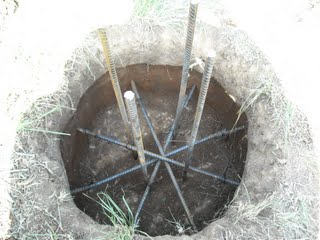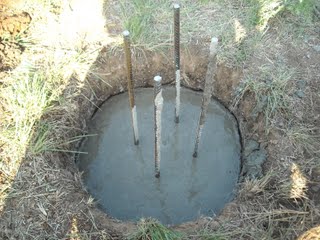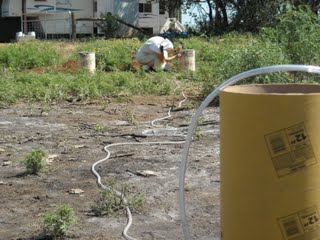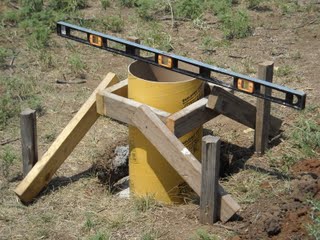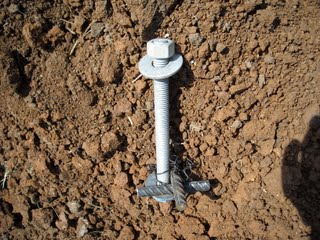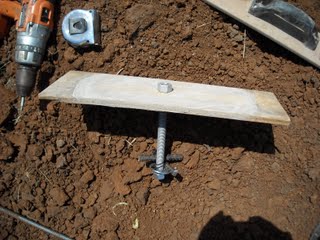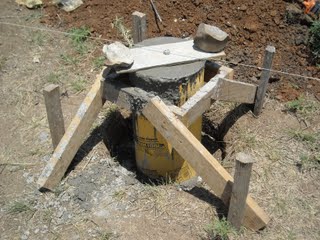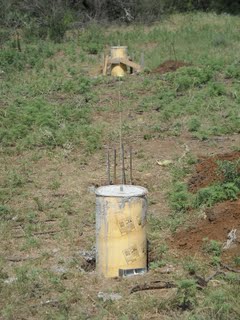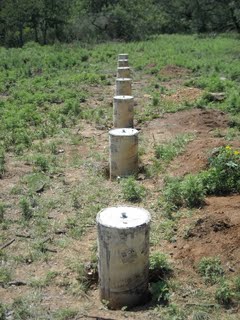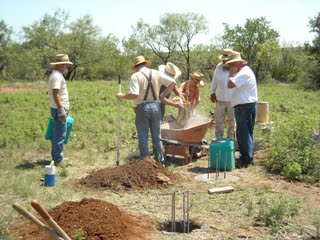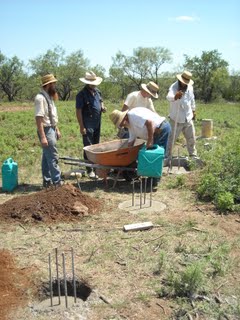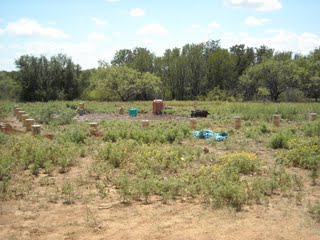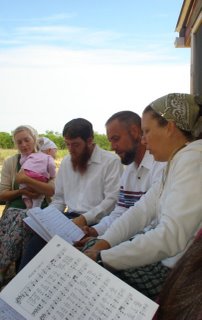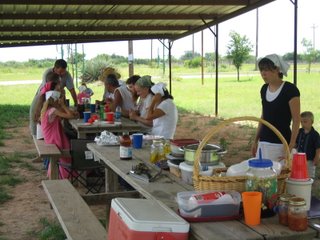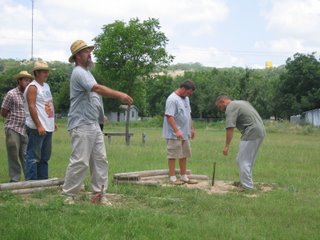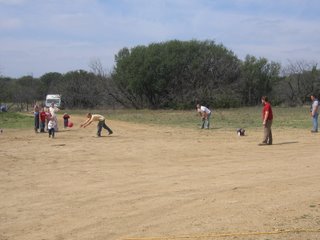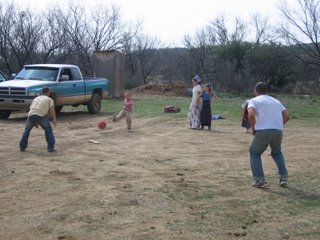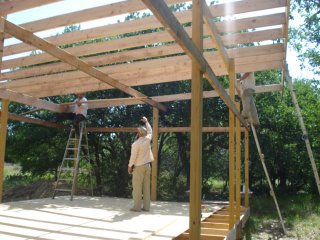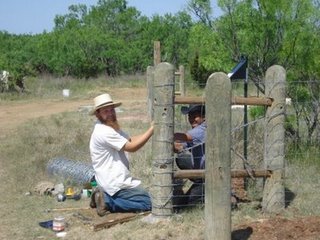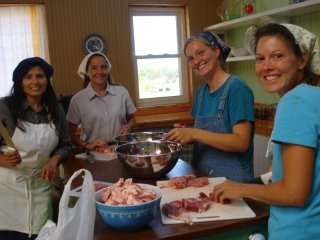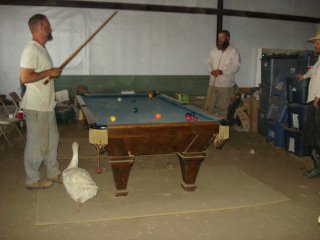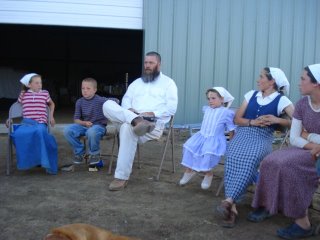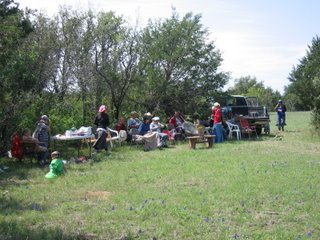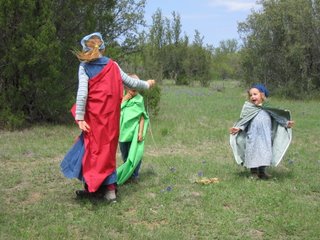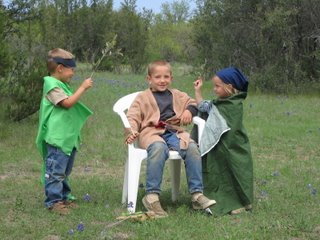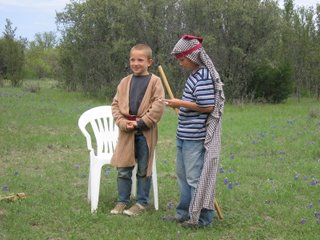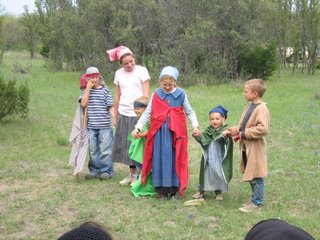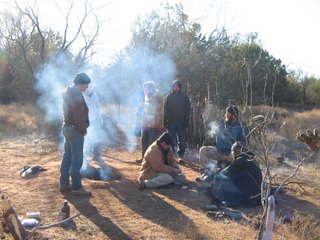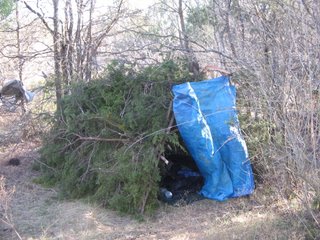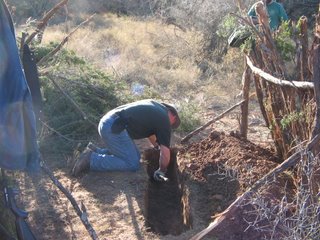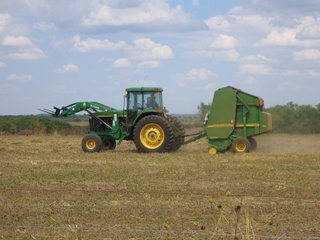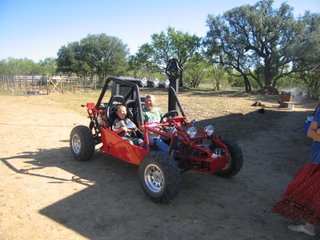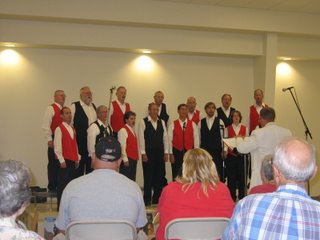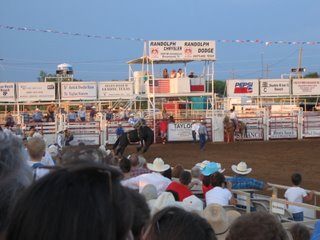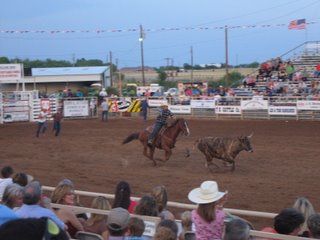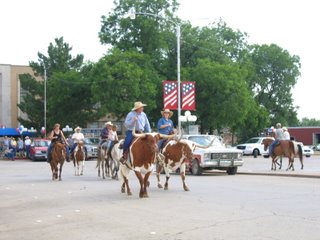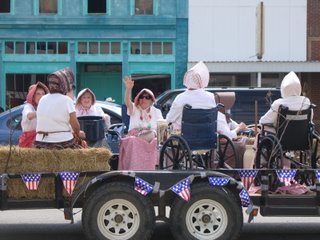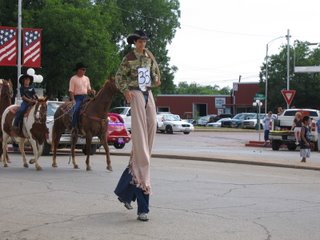This subject has been on my heart over the past year after witnessing its path of destruction personally.
To backtrack a bit, I grew up in a home where, thankfully, gossip was never very comfortable or welcome. I’m grateful to my parents for creating and maintaining that environment. I don’t want to paint an incorrect picture here though. Every person is born into sin with a carnal man who loves to gossip and lower others in order to raise himself. I certainly had, and still have, those temptations; but the environment in my home did not create a dark, moist place for those seeds to grow and produce bad fruit.
Living in mainstream Christianity can be very sterile and convenient sometimes, and you are able to just walk away from someone you don’t like or someone who gossips, etc. So I ended up playing “dodge ball” many times in the church and schools I attended in order to escape much of the drama that goes along with hanging out with gossipers. I inevitably was sucked close to the drain a few times while trying to help friends who had been hurt, and that was plenty.
Gossip truly is like a cancer, damaging everything in its path, and left unchecked can turn into a vicious monster.
Now that I am living in Christian community, it requires an entirely different perspective. The Bible is very clear about loving your brothers and sisters in Christ. As much as you try to put your best foot forward, all of your faults and weaknesses are eventually exposed, and vice versa; and you can’t just walk away from people who are this or are not that, gossipers included.
The Bible is also very clear about gossip and how God views it. And it generally comes as a package deal bringing along its invested partners: (“Good morning, law offices of Gossip, Jealousy, Pride and Envy, how may I help you?”)
And I believe that women are especially vulnerable to gossip, although men are certainly not immune. Again, I don’t want to paint myself as some kind of “saint.” I’m not. I struggle with things all the time. Thankfully, my husband really helps me to nip my gossipy thoughts and words in the bud.
As you can see below, God is VERY vocal in His Word about gossip. The more I have studied about it, the more I have been convicted and impressed of its gravity — a very serious sin, and an indication of a sick spiritual heart condition.
Lev. 19:16: “Thou shalt not go up and down as a talebearer among thy people: neither shalt thou stand against the blood of thy neighbour; I am the LORD”
Psalm 5:9: “For there is no faithfulness in their mouth; their inward part is very wickedness; their throat is an open sepulchre; they flatter with their tongue”
Psalm 34:13: “Keep thy tongue from evil, and thy lips from speaking guile”
Psalm 101:4-5: “A froward heart shall depart from me: I will not know a wicked person. Whoso privily slandereth his neighbour, him will I cut off: him that hath an high look and a proud heart will not I suffer”
Proverbs 6:16,19: “These six things doth the LORD hate: yea, seven are an abomination unto him:…… A false witness that speaketh lies, and he that soweth discord among brethren”
Proverbs 10:18: “He that hideth hatred with lying lips, and he that uttereth a slander, is a fool”
Proverbs 11:9: “An hypocrite with his mouth destroyeth his neighbour: but through knowledge shall the just be delivered”
Proverbs 11:13: “A talebearer revealeth secrets: but he that is of a faithful spirit concealeth the matter”
Proverbs 15:4: “A wholesome tongue is a tree of life: but perverseness therein is a breach in the spirit”
Proverbs 16:28: “A froward man soweth strife: and a whisperer separateth chief friends”
Proverbs 17:9: “He that covereth a transgression seeketh love; but he that repeateth a matter separateth very friends”
Proverbs 18:8: “The words of a talebearer are as wounds, and they go down into the innermost parts of the belly”
Proverbs 20:19: “He that goeth about as a talebearer revealeth secrets: therefore meddle not with him that flattereth with his lips”
Proverbs 21:23: “Whoso keepeth his mouth and his tongue keepeth his soul from troubles”
Proverbs 26:20: “Where no wood is, there the fire goeth out: so where there is no talebearer, the strife ceaseth”
Proverbs 26:28: “A lying tongue hateth those that are afflicted by it; and a flattering mouth worketh ruin”
Matthew 12:36: “But I say unto you, That every idle word that men shall speak, they shall give account thereof in the day of judgment”
Eph. 4:29: “Let no corrupt communication proceed out of your mouth, but that which is good to the use of edifying, that it may minister grace unto the hearers”
Eph. 4:31: “Let ALL bitterness, and wrath, and anger, and clamour, and evil speaking, be put away from you, with all malice”
2 Thess. 3:11: “For we hear that there are some which walk among you disorderly, working not at all, but are busybodies”
1 Tim. 3:11: “Even so must their wives be grave, not slanderers, sober, faithful in all things”
1 Tim. 5:13: “And withal they learn to be idle, wandering about from house to house; and not only idle, but tattlers also and busybodies, speaking things which they ought not”
Titus 2:3: “The aged women likewise, that they be in behaviour as becometh holiness, not false accusers, not given to much wine, teachers of good things”
Titus 3:1-2: “Put them in mind to be subject to principalities and powers, to obey magistrates, to be ready to every good work, To speak evil of no man, to be no brawlers, but gentle, shewing all meekness unto all men”
James 4:11: “Speak not evil one of another, brethren. He that speaketh evil of his brother, and judgeth his brother, speaketh evil of the law, and judgeth the law: but if thou judge the law, thou art not a doer of the law, but a judge”
1 Peter 2:1: “Wherefore laying aside ALL malice, and ALL guile, and hypocrisies, and envies, and ALL evil speakings”
1 Peter 3:10: “For he that will love life, and see good days, let him refrain his tongue from evil, and his lips that they speak no guile”
These are just verses on gossip. There are also many on the fruit of the spirit, meekness, humility, and how we are to love our brothers and sisters in Christ, even MORE so if we do not like them.
A.W. Pink states: “Remember we cannot successfully ‘pursue peace’ if the heavy burden of pride be on our shoulder: pride ever stirs up strife. Nor can we ‘pursue peace’ if the spirit of envy fills the heart: envy is sure to see faults where they exist not, and make trouble. Nor can we ‘pursue peace’ if we are loose-tongued, busybodies, talebearers.”
My husband and I, as most of you know, have lived in Christian community with like-minded believers for over four years now. Over those four years, it has been exciting to watch our community grow in the knowledge of God’s Word, in repentance, obedience and maturity. However, there was a spirit of gossip, jealousy and pride in a few people that managed to shroud the community; and I watched it come to a head several times after it had pulled other members of the community into its web; and it had to be reprimanded back into submission, which lasted for a while until its ugly head couldn’t help but show itself again and again.
I am a person who believes, in general, no matter what a situation looks like, there are always two sides; and it is best to hear both sides before coming to a conclusion. The interesting thing is that, living in such close relational proximity with the community members, I was very familiar with both sides.
Finally, when jealousy and envy couldn’t get their way anymore in a few members, I witnessed a monster manifest itself when, knowing both sides, it was easy to identify when lies and conjecture were injected into the mix to feed the needs of the beast. I had never witnessed such vile perversions of the truth and betrayals of confidence, and I couldn’t believe what I was seeing. It was truly, truly sad. What is saddest to me is that the husbands of the women involved fueled the fire and did not stop their wives from sinning in this manner but joined in with them. What a mess.
Sadly, those people chose to leave the community rather than pursue peace, grow in longsuffering and love towards the brethren and submit to godly, proper authority — all because of gossip and its partners leaving a path of destruction behind them (and probably ahead of them). Thankfully, there is a peace in the community now that could not be found before, but not before friendships, trust, and Christian community were deeply wounded.
So I would gravely challenge my sisters in Christ to truly examine and check yourself and your motives before opening your mouth. And then, STILL choose to keep your mouth shut and pray, pray, pray by yourself for the situation. God is fully capable of handling things the proper way in His time. Our duty is to pray. Nobody else needs to know about it. Ask God to grow in you proper perspective, wisdom, discernment and maturity. DON’T DO IT when you are tempted to talk about someone — and this includes crying on someone’s shoulder about perceived mistreatment, etc. If you must speak to someone, limit it to your husband or proper spiritual authority. Meditate on the Bible and what it says about this sin, and ask God to write these truths on your heart. And if someone comes to you with inappropriate gossip, nip it in the bud.
Gossiping is a horrible example of feminine Christian graces, especially to younger girls who are always watching older women and their example. I pray for God to grow each of us in maturity, and for the Holy Spirit to keep our consciences soft to recognize and stop ourselves immediately before committing this ugly sin.
Susan (“Did you hear about that lady, Susan, who wrote that blog post on gossip?……..Well, who does she think she is!?…….”) It’s your choice.
